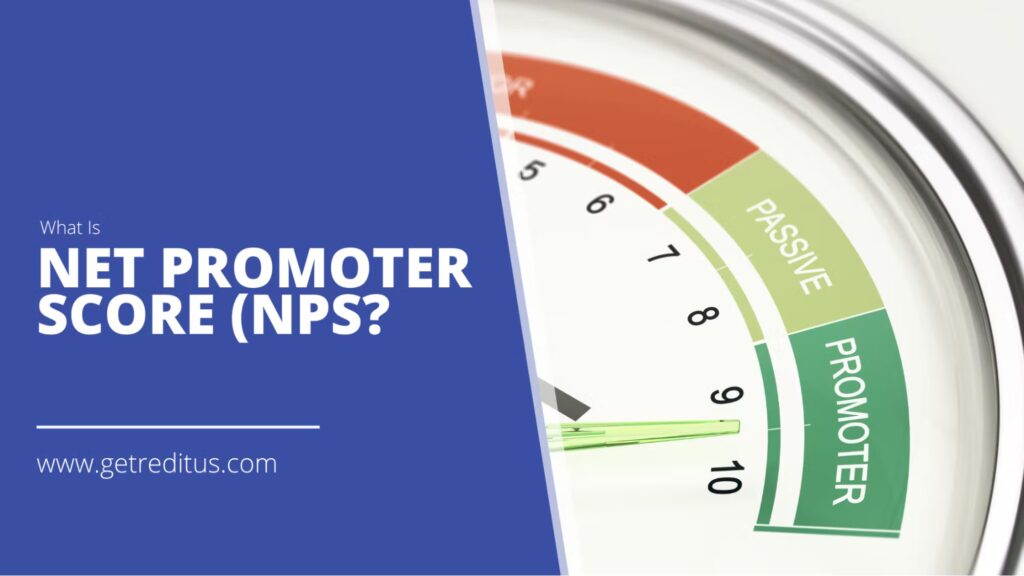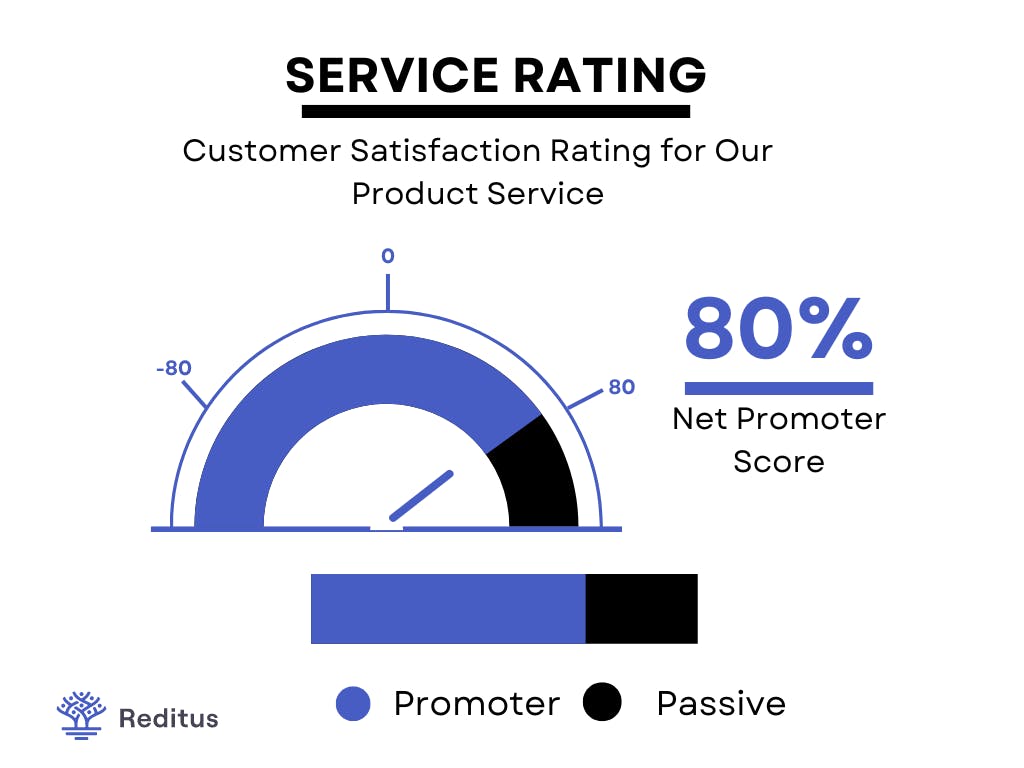What Is NPS (Net Promoter Score)? Everything you need to know.

Are you a busy SaaS team looking for the simplest way to measure how loyal your customers are? If so, it's time to learn about NPS (Net Promoter Score)!
This metric will help you quickly uncover your customer base's level of satisfaction and develop an understanding of their overall experience. In this blog post, we'll provide a simple definition of what NPS is and how it can be used effectively by teams within all areas of the software-as-a-service industry.
We'll also offer some tips on measuring and improving NPS over time. So if you're ready, let's get started!
Table of contents
What Is NPS (Net Promoter Score)?
Net Promoter Score is a metric used to measure customer loyalty and satisfaction. It's based on the idea that you can group customers into three categories: promoters, detractors, and passives.
Promoters are delighted customers who will keep doing business with you, tell others about your product or service, and give you positive reviews online.

Detractors are unhappy customers who may stop using your product or service and give negative reviews.
Finally, passives are customers who neither love nor hate your product or service—they may be happy with it but are not passionate about it.
NPS is beneficial for software-as-a-service teams because it can efficiently provide valuable insights into customer loyalty and satisfaction.
How Do You Measure NPS?
The most common way to measure NPS is through a survey. Such surveys can be sent out to your customers periodically, asking them to rate their satisfaction on a scale of 0-10.
You then assign scores to each response—0-6 are detractors, 7-8 are passives, and 9-10 are promoters. By tallying up the individual scores of all respondents, you can calculate a single NPS score (which can range from -100 to 100).
The higher the score, the more positive feedback your customers give you.
What's the Formula for Calculating NPS?
The formula for calculating NPS is quite simple. All you need to do is subtract the percentage of detractors from the percentage of promoters.
For example, let's say you sent a survey to 100 customers and got the following responses: 10% were promoters, 30% were passives, and 60% were detractors.
You can calculate your NPS score as follows:
NPS = (10% - 60%) = -50
This score of -50 indicates that most customers are unhappy with your product or service.
Let's see another example.
This time, let's say you got the following responses: 40% were promoters, 50% were passives, and 10% were detractors.
NPS = (40% - 10%) = 30
This score of 30 indicates that most customers are generally happy with your product or service.
Of course, it's important to remember that NPS scores can vary over time and across different customer segments. It's always a good idea to keep track of your NPS scores and look for ways to improve them over time.
What Is Your Average NPS?
Your average NPS is the average of all the scores you received for your surveys. It's essential to track your NPS over time to measure improvements or declines in customer loyalty and satisfaction.
The average NPS score varies significantly by industry, so looking at how your company stacks up against the competition is essential. Generally speaking, the higher your NPS score is, the more likely you will have a loyal customer base and provide excellent service.
To measure your NPS over time, you should keep track of scores from each survey and look for any patterns or trends. This can help you identify areas of improvement and track the success of any changes you make.
For instance, if you see a decline in NPS scores, it could be a sign that your customer service is slipping or that customers are not adequately supported.
Conversely, suppose your NPS is steadily increasing. In that case, it could signify that customers are more satisfied with your product or service.
Why Should You Measure Net Promoter Score?
Measuring NPS is important because it can provide valuable insights into the customer experience and help you identify improvement areas.
By understanding your customers better, you can make changes to your product or service that will help to increase customer loyalty and satisfaction. This, in turn, can lead to more sales and a more extensive customer base.
Some other benefits of measuring NPS might include the following:
- Improved customer service. By understanding your customers' needs, you can make improvements to ensure they get the best possible experience with your product or service.
- Enhanced customer retention. You can increase customer loyalty and satisfaction with better customer service, leading to more repeat customers.
- Increased profitability. You can improve sales and profits by understanding what motivates your customers and making changes to meet their needs.
- Greater customer feedback. NPS can provide valuable insights into your customers' thoughts about your product or service. It will help you identify any improvement areas or changes that need to be made.
Net Promoter Score FAQs
Before using NPS to measure customer loyalty and satisfaction, you may have some questions. Here are some answers to some of the most common questions about NPS:
What Is a Good Net Promoter Score?
A good NPS score will vary depending on your industry and the type of product or service you offer. Generally speaking, a score of 40 or higher is considered to be a good score.
How Often Should You Measure NPS?
Measuring your NPS regularly is the best way to get an accurate picture of your customer's overall satisfaction.
You can measure it after every purchase or interaction with your company. It's recommended that you measure at least once a quarter, but more often is even better. This will allow you to track and analyze any changes in customer satisfaction over time.
You can also use the NPS score to compare your company with competitors or even different branches or teams within your company.
What Are the Different Types of NPS Surveys?
You can conduct NPS surveys in a variety of ways. You can use surveys via email, SMS, or even in person at a physical location.
The most popular form is an online survey, which is easy to set up and can be sent directly to your customers.
Conclusion
NPS is a powerful tool for measuring customer loyalty and satisfaction, as it provides an easy way to track changes in customer sentiment over time. It can also provide valuable insights into your customers' thoughts about your product or service and avoid churn.
Understanding customer feedback and making changes to improve their experience can increase customer loyalty and satisfaction, leading to more sales and a more extensive customer base.
Ultimately, measuring NPS is an essential part of any successful business strategy.

